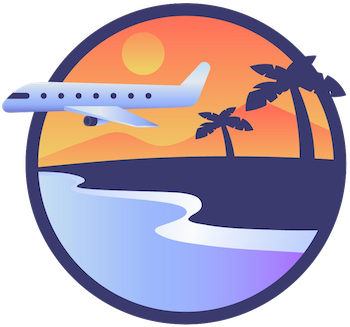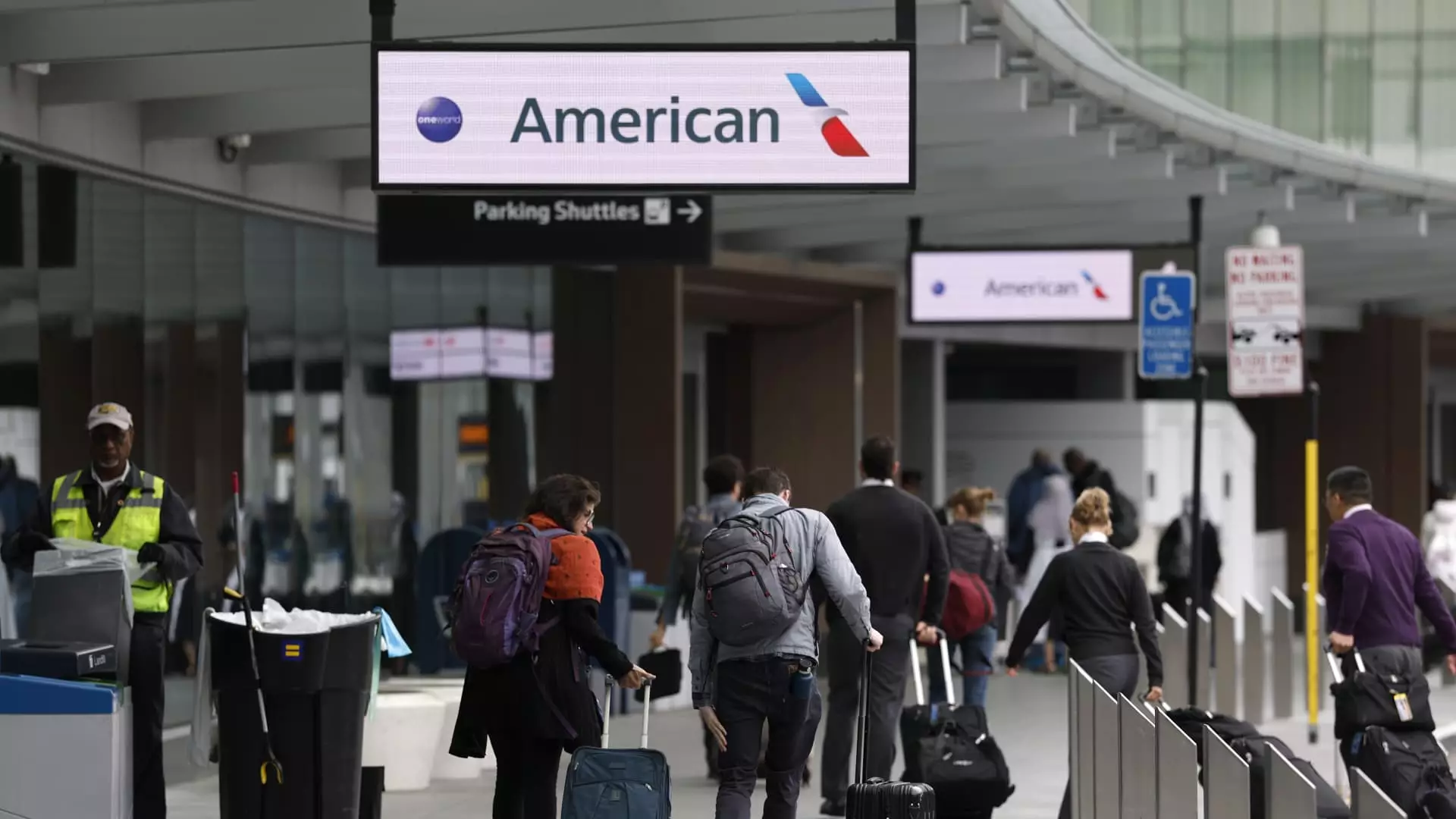In the ever-evolving landscape of air travel, a concerning trend looms large. Leading executives from major U.S. airlines, including American Airlines and Delta, have sent out alarm bells regarding a potential downturn in passenger travel demand. Their tone starkly contrasts with the optimistic forecasts laid out at the start of 2025. As these airline leaders paint a picture of fluctuating fortunes, we see that economic instability, influenced by various factors including politics and corporate spending patterns, has muddied the waters for an industry that thrives on predictability.
A notable cause for concern is the shifting dynamics brought about by President Donald Trump’s perplexing trade policies. Such unpredictability often breeds hesitance among consumers, who tread more carefully when it comes to leisure spending—especially vacations. “After long, hard work weeks, no one wants to feel uncertain about their vacation plans,” remarked Robert Isom, CEO of American Airlines, during a recent earnings call. The shadows of economic uncertainty loom large over the airline industry, making travelers think twice before booking that much-desired getaway.
Capacity Concerns and Fare Fluctuations
As airlines grapple with this downturn in demand, they face a familiar dilemma: an oversupply of seats. Several major airlines, including Delta and Southwest, have signaled intentions to scale back their capacity growth plans, all while clinging to hopes for a robust summer season. This reality has paved the way for reduced fare prices—a bittersweet victory for consumers but a distressing sign for airline executives. According to the Bureau of Labor Statistics, airfares dropped by 5.3% in March compared to the previous year, imparting significant pressure on airlines to recalibrate their strategies in this uncertain environment.
This pricing trend, while advantageous for travelers, underscores complex challenges within the industry. The rising tension surrounding corporate travel is particularly alarming, a segment known for being less price-sensitive and essential to airlines’ profitability. Analysts at Melius Research emphasize that when uncertainty creeps in, corporate travel is often the first casualty. As companies pull back on travel budgets, not only does the consumer base dwindle, but the repercussions trickle down to the airlines, compelling them to offer lower fares to encourage demand.
The Dual Faces of Demand
Interestingly, even as domestic travel faces turbulence, demand for international routes seems to hold strong. Despite lingering economic fears, U.S.-based travelers continue to flock to international destinations. High-value travelers not only tend to book flights at a premium but also exhibit a greater propensity for spending, alleviating some pressure from the broader downturn affecting domestic operations. Executives from these airlines, while bracing for tough months ahead, still express optimism regarding international travel resilience.
However, the question remains: how long can this disparity persist? Although foreign travel sustains certain airline revenues, it may not be robust enough to fill the gaps left by declining domestic engagements. Delta’s CEO, Ed Bastian, provided a glimpse of this juxtaposition—after initial promising growth figures for corporate travel, the numbers have plateaued. This stagnation raises an essential question for carriers: can international demand truly offset the challenges of a weakened domestic market?
Future Flights: Navigating Economic Headwinds
As the airline industry navigates these choppy waters, one underlying truth emerges: economic certainty breeds consumer confidence. The opinions voiced by executives offer a mix of caution and hope. “Certainty will restore the economy, and I think it will restore it pretty quickly,” Isom notes, hinting at an inherent optimism that the tides will eventually turn.
Ultimately, this complex web of economic factors affects not just airlines but the entire travel ecosystem. With shifting consumer behaviors and tightened corporate budgets, the paths ahead are fraught with unpredictability. The coming months will test the industry’s resilience and adaptability as it battles through this turbulence while hoping for a horizon filled with clearer skies. The airline industry stands at a crossroads—forced to innovate, adjust, and recalibrate to thrive in a world where economic stability remains elusive.


Leave a Reply